A good resume format will help you highlight your marketable traits and downplay your weaknesses. Do you know which one is best for you?
The 3 Best Resume Formats
There isn’t a clearcut best resume format — but modern recruiters and HR professionals have narrowed it down to three standard resume styles. Your ideal choice depends on your education and work history.
There are three current resume formats used by job seekers:
-
- Chronological (or “Reverse-Chronological”)
- Functional
- Combination (or “Hybrid”)
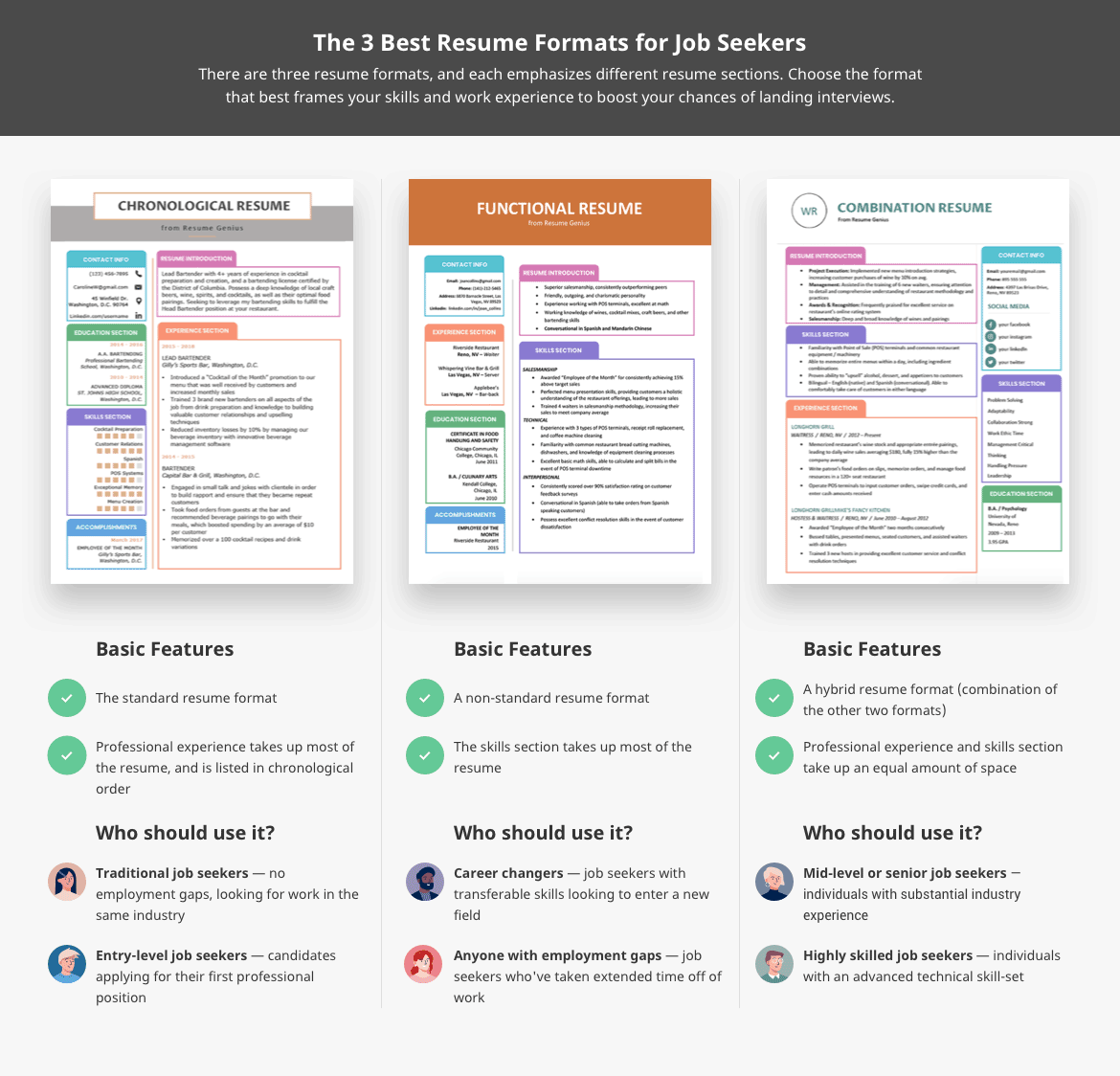
[the_ad id=”1745″]
1. Chronological Resume Format
A chronological resume (sometimes referred to as a “reverse-chronological” resume) is the most standard resume format. It lists your most current job at the top of your work history section, followed by your earlier experiences in chronological order.
A chronological resume helps you:
- Show recruiters that your most recent work experience is relevant to their needs
- Present yourself in terms of promotions and upward career mobility
- Demonstrate that you’ve had a normal career without work gaps or terminations
[the_ad id=”1630″]
Sample resume format: chronological
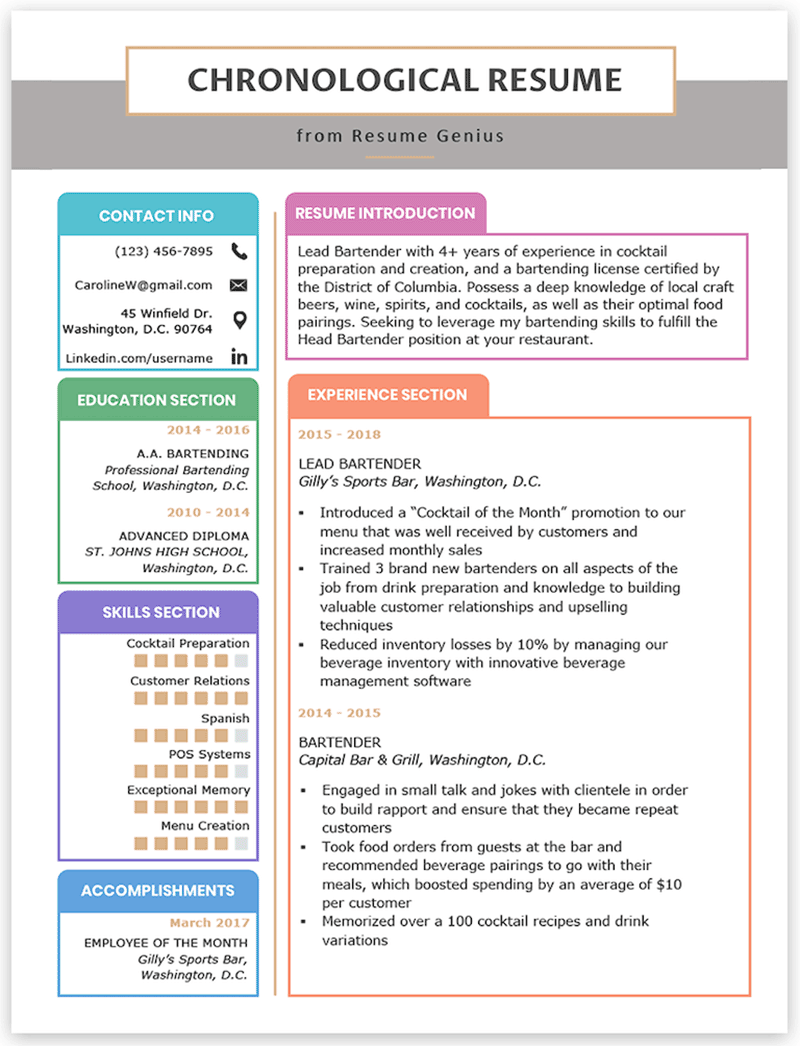
Note how the professional experience section takes up the most space on the chronological format. While hiring managers evaluate you in a variety of ways, they’ll mainly focus on your work history (if you have one).
Picking the chronological format will help you highlight your career successes, and show that you have relevant work experience.
- I want to demonstrate vertical career progression.
- I want to apply to a job in a similar field.
- I don’t have large work experience gaps.
- I have multiple gaps in my employment history.
- I am considering working in a new industry.
- I frequently change jobs.
2. Functional Resume Format
The functional resume format will frame you in terms of your skills and abilities — ones that must be relevant to the job you’re applying for.
Unlike a chronological resume, the functional format ignores when and where you learned your skills. Instead of presenting a chronological work history, you’d simply list your most relevant skills at the top.
In a functional resume, outlining your work experience is optional. Simply include your company name, location, and job title, and don’t add work responsibility bullet points.
A functional resume helps you:
- Present your relevant skills and abilities
- Demonstrate your readiness to perform the job
- Remove focus from your work history
[the_ad id=”1630″]
Sample resume format: functional
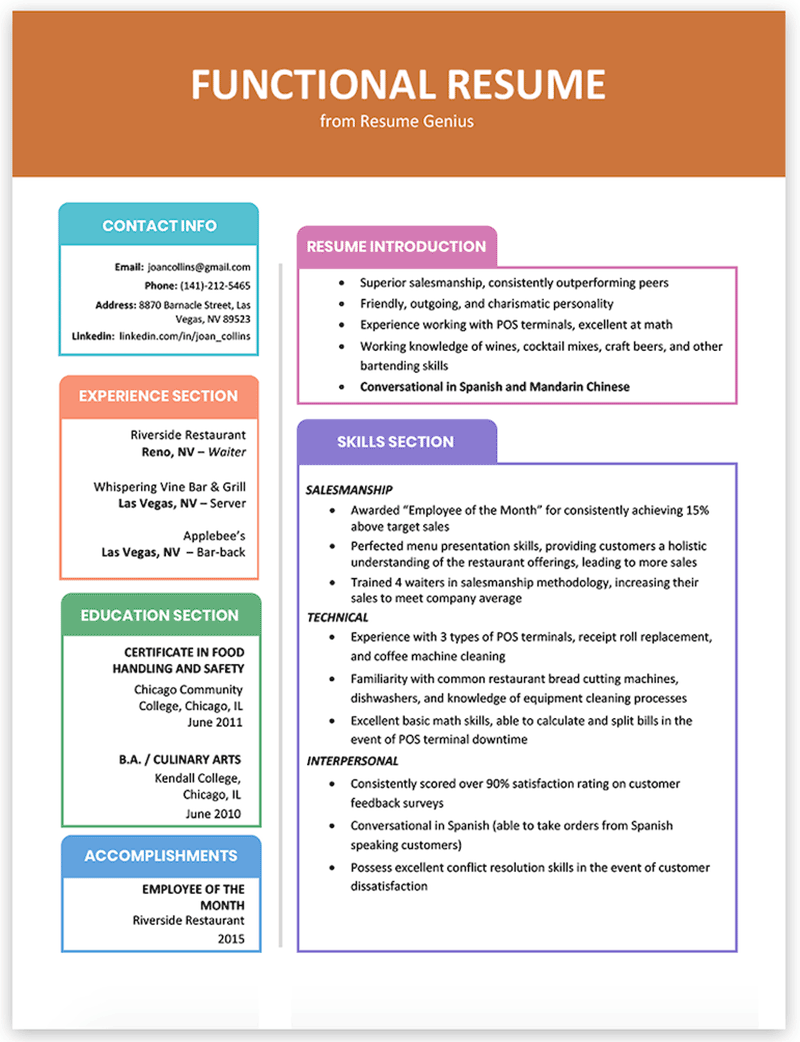
Since the functional resume focuses on your skills, you’ll need to work hard on your skills section. We have several strategies you can use to effectively list skills for your resume, but the key is making them relevant to the position.
Don’t just list your skills haphazardly, or the hiring manager will be unimpressed with your application.
- I have unusually large gaps in my employment history.
- I am in the midst of a big career change into a new industry.
- I want to promote a specific skill set.
- I want to highlight my upward career mobility.
- I am a student or entry-level candidate that lacks experience.
- I lack relevant or transferable skills.
3. Combination Resume format
A combination resume combines elements from the reverse-chronological and functional formats. They typically follow this structure:
- Begin with a resume profile, resume summary, or summary of qualifications
- Lead with a core skills section (like a functional resume)
- End with a detailed work experience section (like a chronological resume)
If this seems like a dizzying amount of information to include, that’s the point. Combination resumes are ideal if you have an extensive skill set and a long career.
A combination resume helps you:
- Market your professional skill-set, while also emphasizing your work history
- Focus on transferable skills if you’re considering a career change
- Demonstrate your mastery of the skills and duties you’ve gained during a long career
Sample resume format: combination
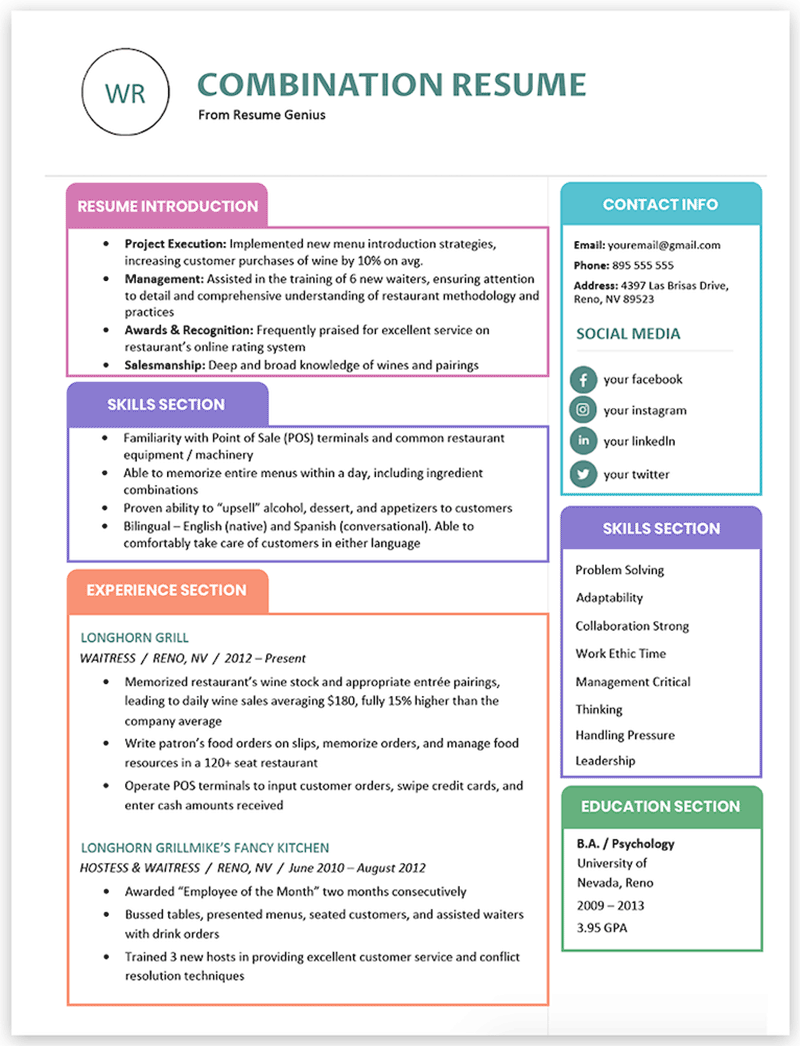
The Combination format embraces both professional skills and experience, highlighting each area equally.
As you can see, the combination resume format includes ample information regarding a candidate’s skills while detailing key pieces of work experience.
If your skills and work are of equal importance to your target job, this is a good resume format to use.
- I want to showcase a relevant and well-developed skill set.
- I want to transfer to a different industry.
- I am a master at what I do.
- I have zero work experience.
- I want to emphasize my educational background.
- I lack the relevant qualifications and skill set for a role.
What is the Best Resume Format for You?
As we’ve already touched upon, job seekers have three professional resume formats to choose from when hunting for jobs:
- The Chronological Resume Format
- The Functional Resume Format
- The Combination Resume Format
Each style serves a distinct purpose, so only one will work best for your skill set and professional background.
[the_ad id=”1630″]
Resume Formatting: 4 Tips on How to Format Your Resume
Ultimately it’s your resume’s content that will land you interviews, but you should still make sure the layout is clean and tidy.
Here are four quick resume formatting tips to ensure yours is not only formatted correctly, but also looks professional.
1. Left-Align the Content
In general, you should left align your resume. Unless your resume template was specifically designed with a different alignment, left is the standard.
2. Maintain a One Page Length
99% of the time, it’s best to limit your resume to one page.
However, there are some reasons to break this rule. For instance, you might need a two page resume if:
- you have an abundance of relevant professional experience
- you’re writing a management level or executive resume
- you’re an academic with multiple publications
3. Use .63″ by 1″ Margins
After years of debate, our team of experts have come to a consensus on resume margins.
If you have a normal amount of relevant work experience, give your resume .63″ left/right margins and 1″ top/bottom margins. This combination strikes the perfect balance between making your resume look clean, while including as much information as possible on a single page.
If your relevant work experience is either extensive or thin, you can play around with these numbers to fill out the page, or ensure it doesn’t spill onto another one. Just don’t get carried away, or risk your resume looking bizarre and unprofessional.
4. Stick to a Recommended Resume Font Style & Size
Recommended font styles:
- Book Antiqua
- Georgia
- Lato
- Trebuchet MS
- Arial Narrow
- Garamond
- Calibri
- Helvetica
- Cambria
- Didot (for headings)
Recommended font size:
While the best font for a resume is debatable, experts agree that font size shouldn’t fall below 10.5”or exceed 12”. Some fonts look better smaller, others bigger, so experiment until your resume looks professional and readable.
All the best.
[the_ad id=”1745″]
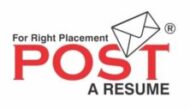
Pingback: Hiring Receptionist for a reputed and biggest Lighting showroom of Ahmedabad | POST A RESUME